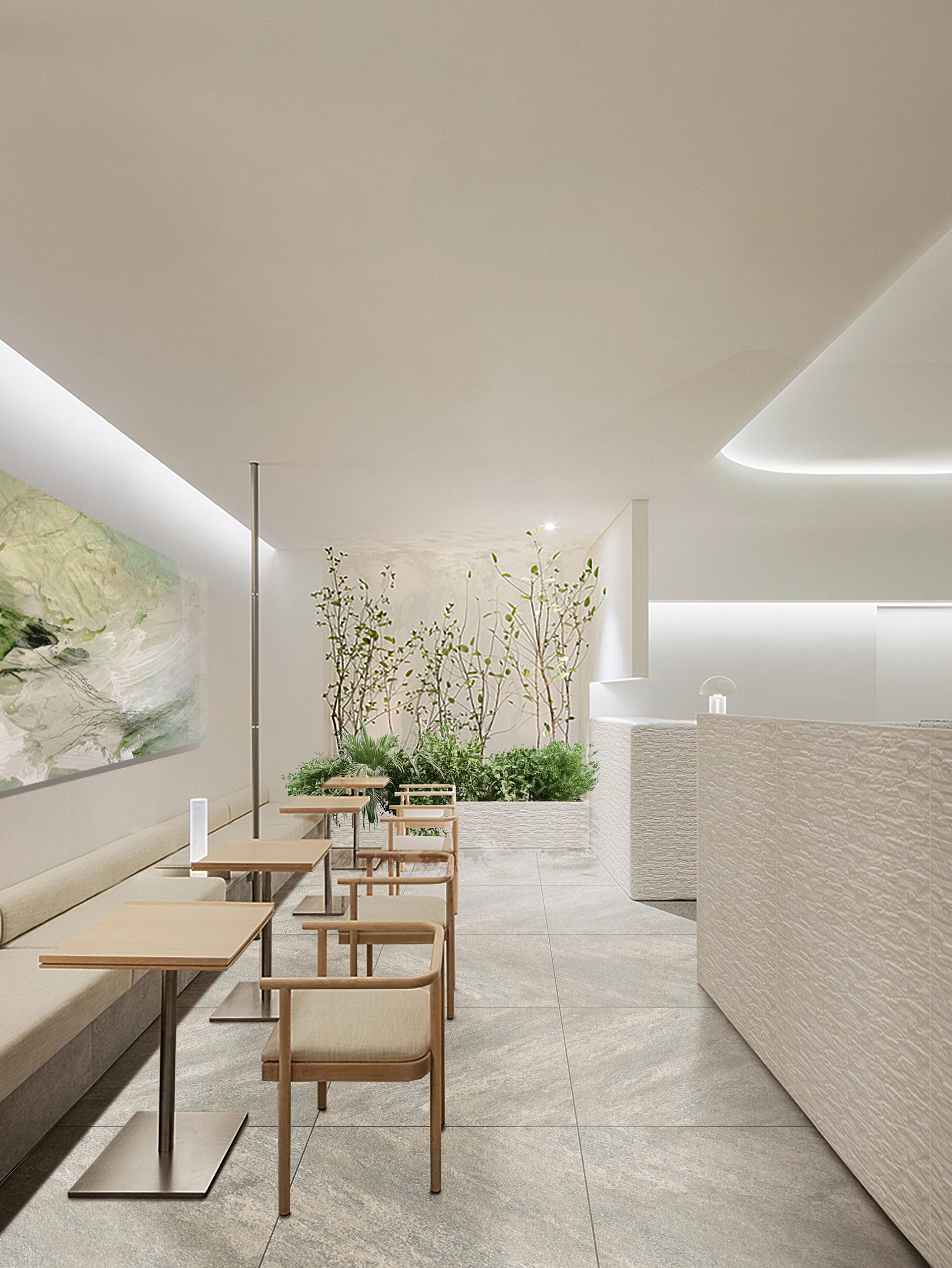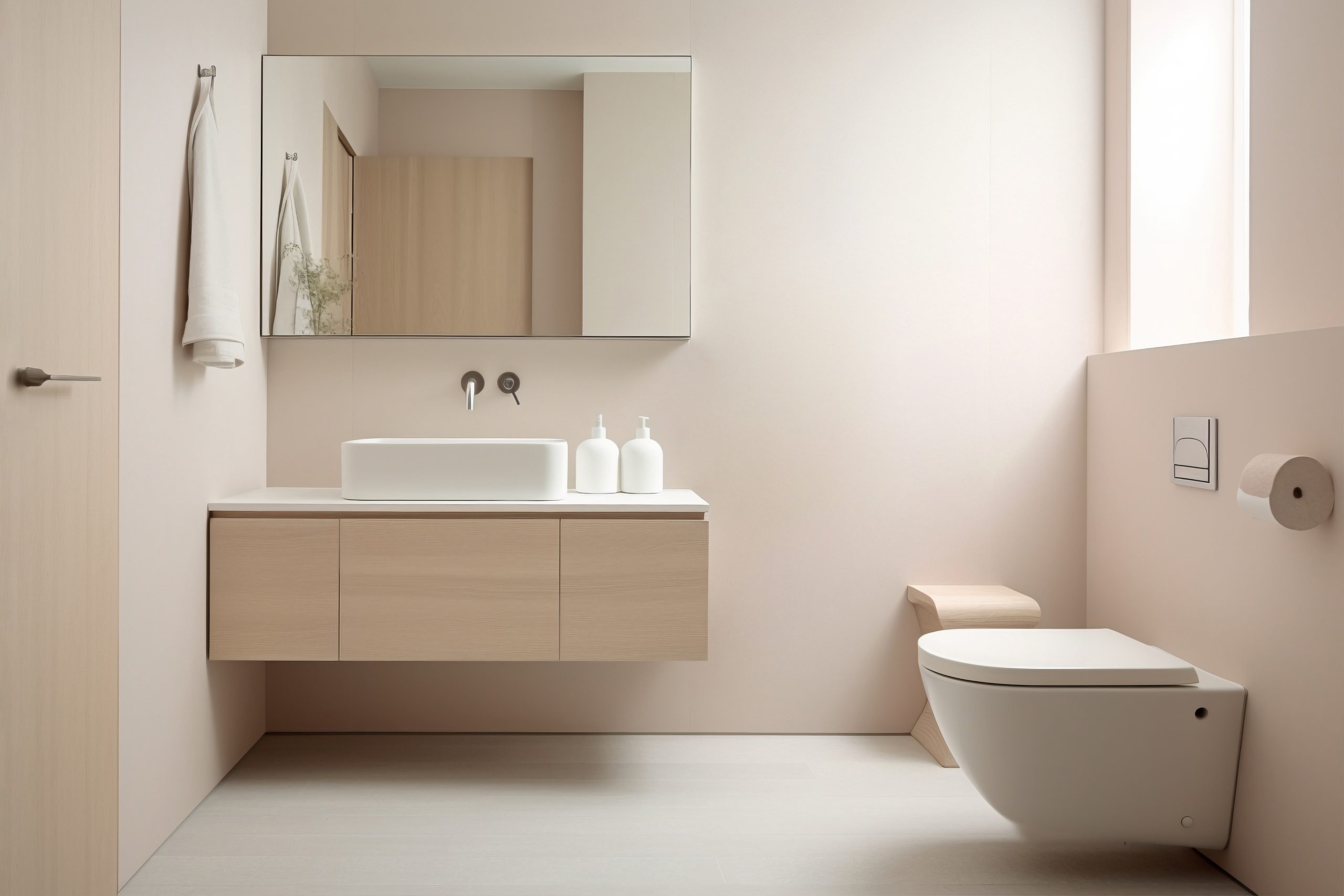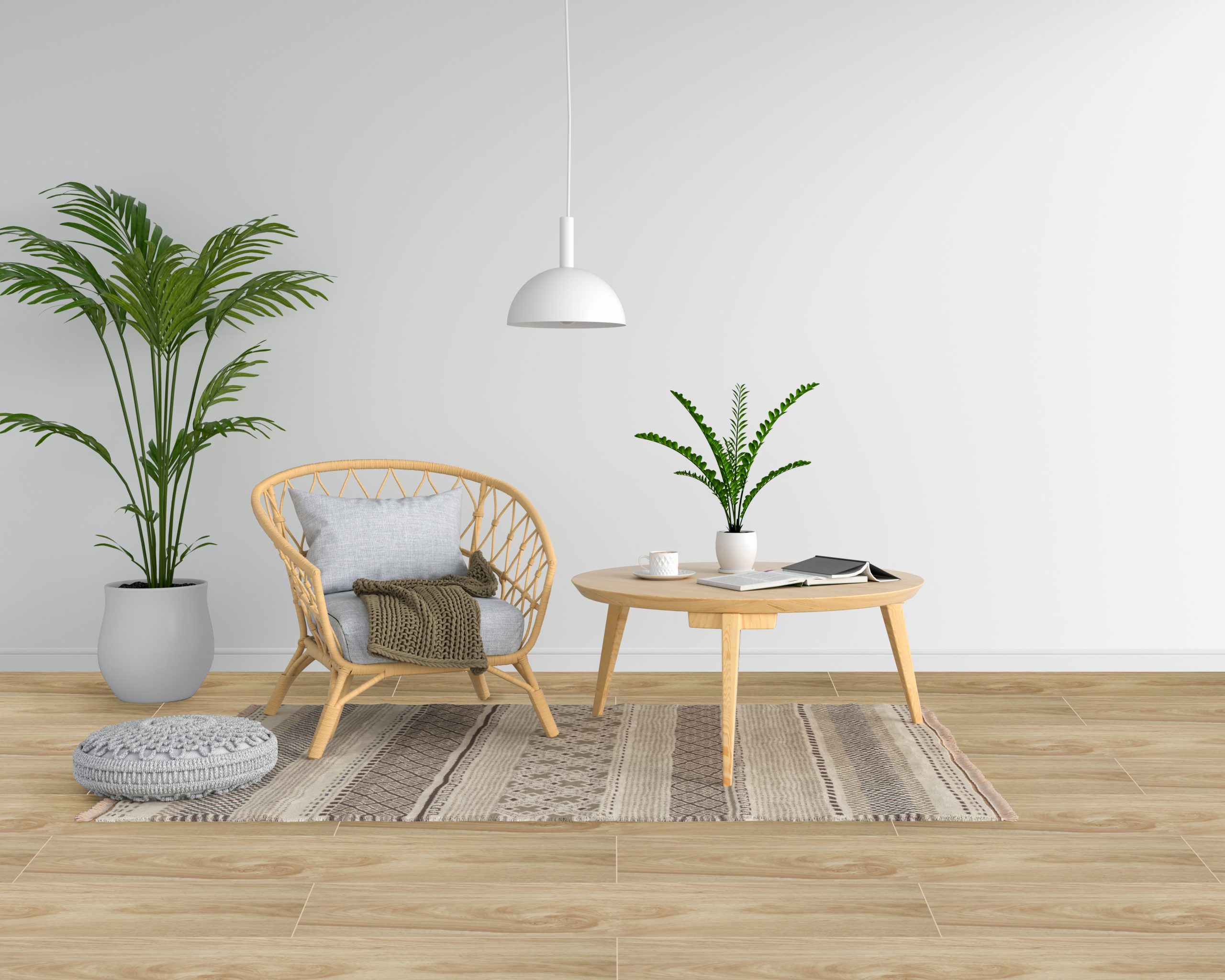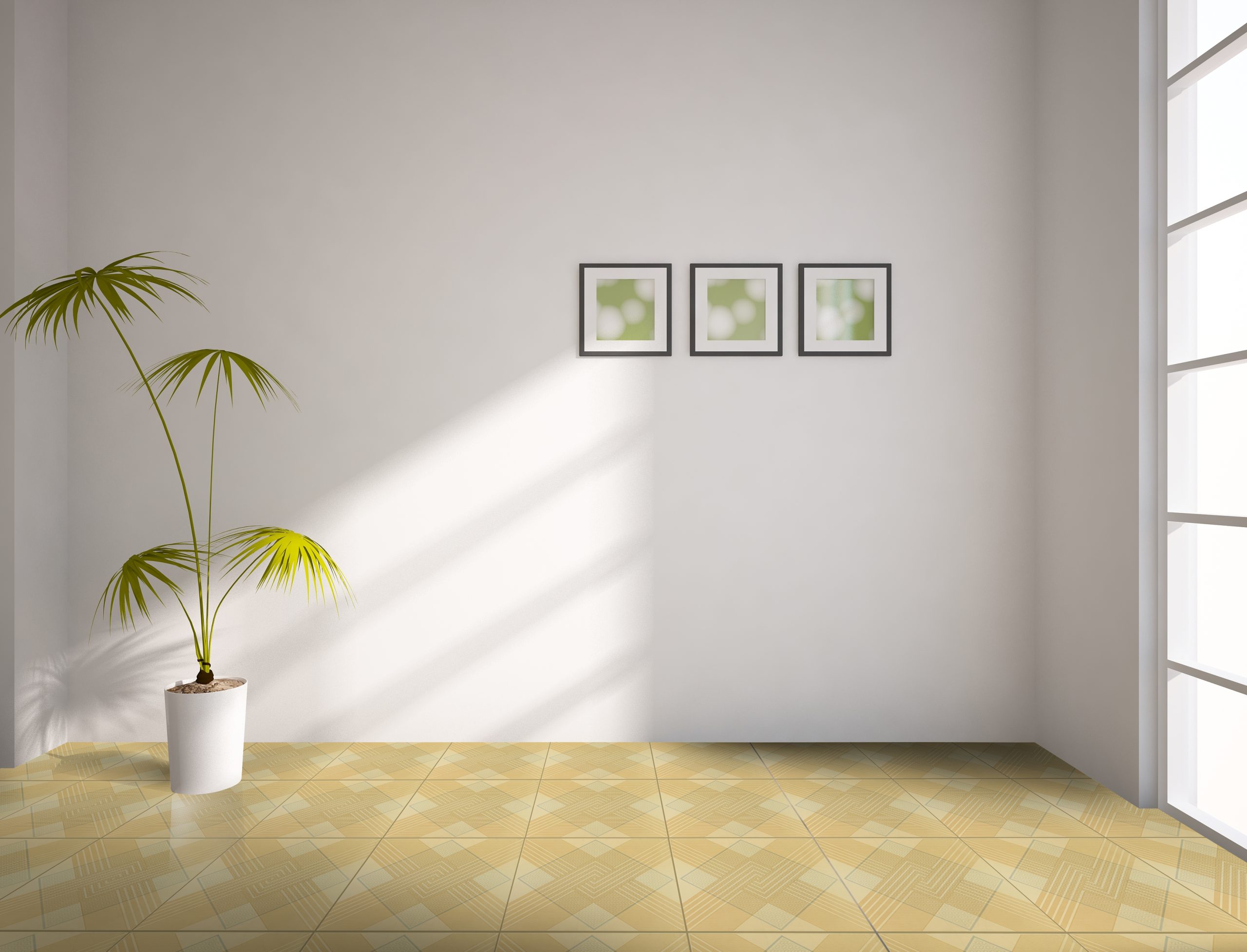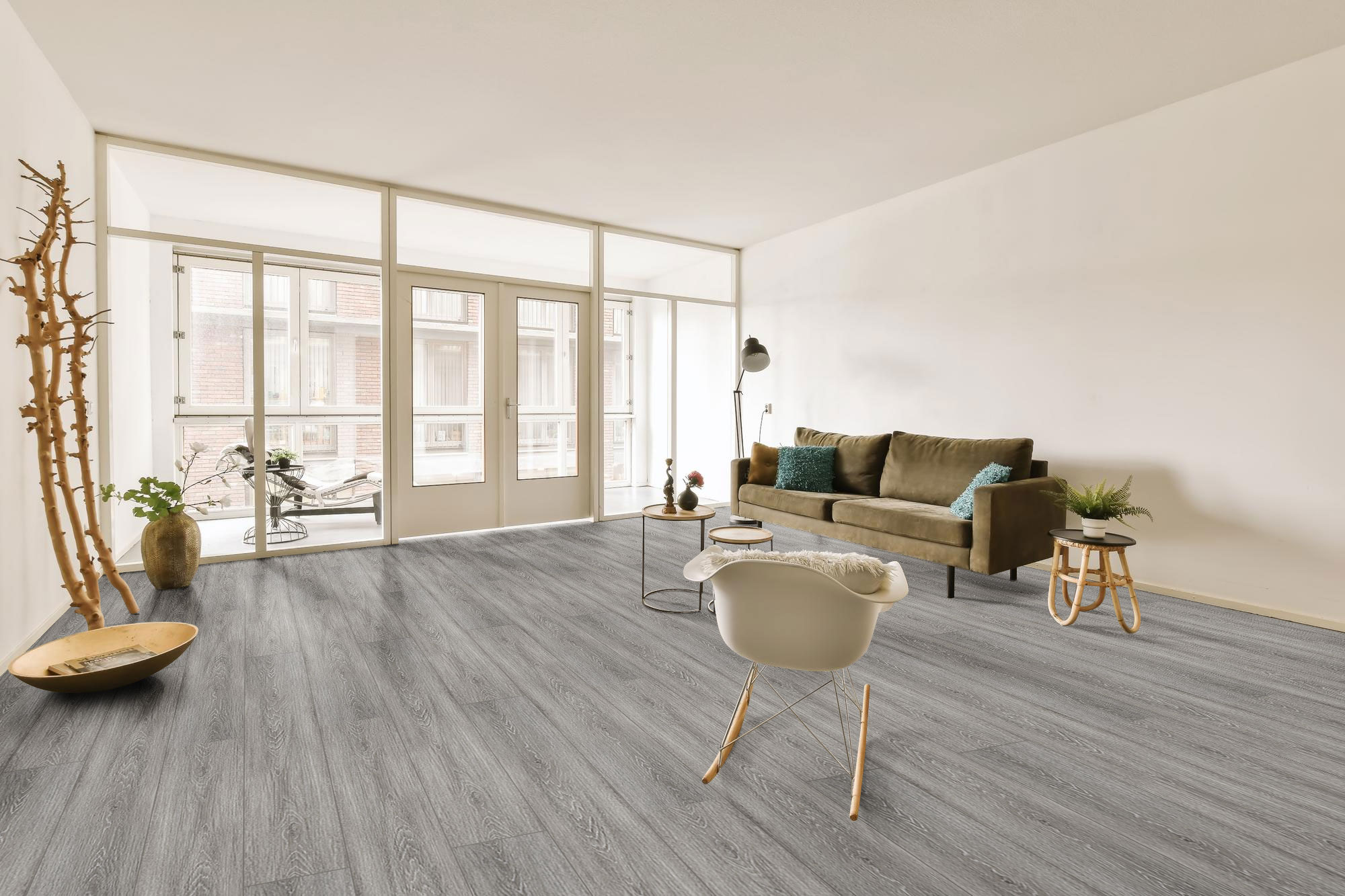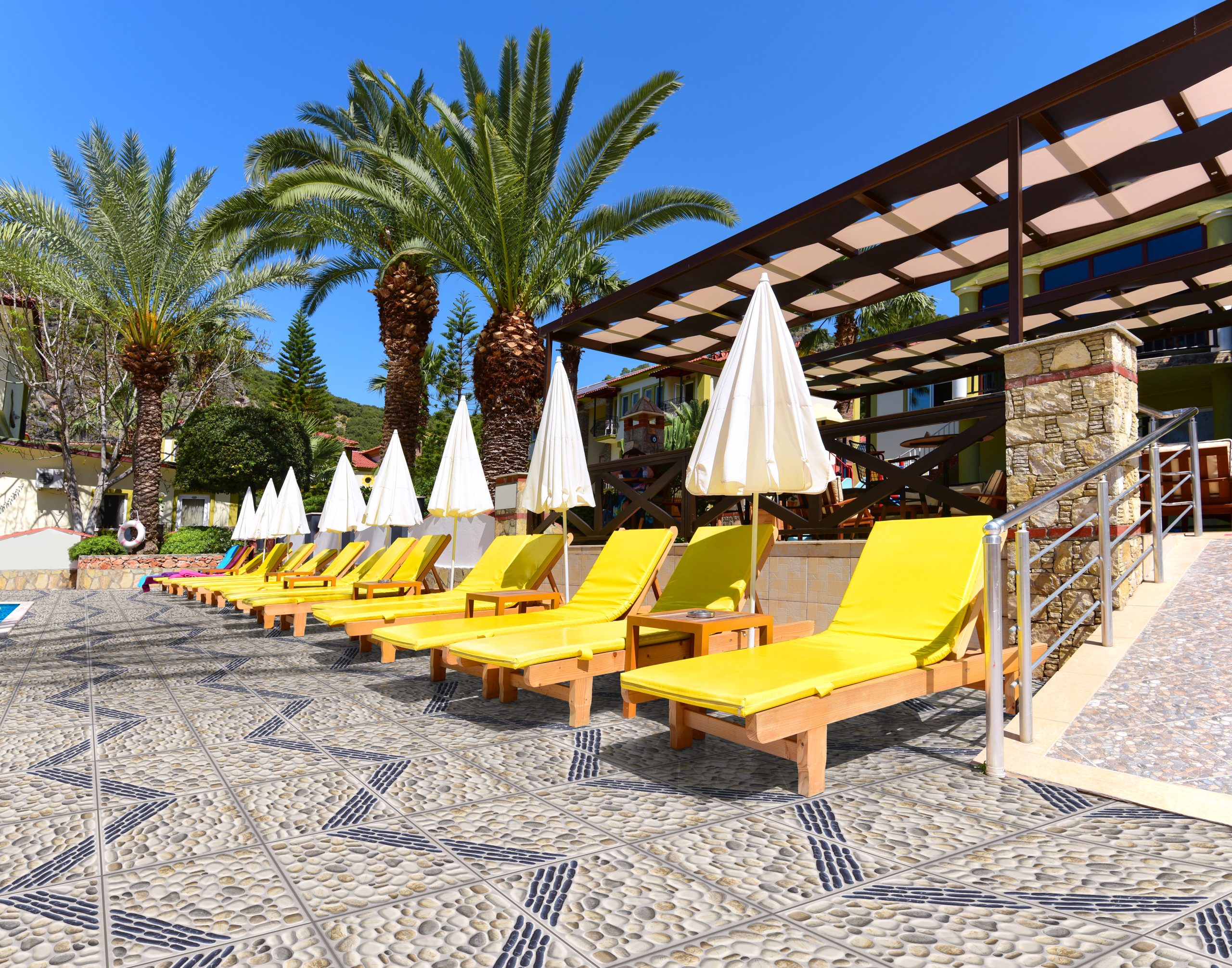Why do architects prefer to use homogenous tiles?
- Durable
- Diverse
- Versatile
- Consistent
One of the hardest parts about homebuilding and renovating is coming up with wall and floor tile ideas. Picking out the single best tile out of hundreds isn’t exactly an easy task. Then when you finally give and ask the experts for advice, you are met with industry jargons that only few can make sense of. For example, architects in the Philippines ask for homogeneous tiles and often leave you wondering what those are and why they are so special.
To satiate your curiosity, we’ll answer both your internal questions starting with the first one. Homogeneous tiles are made through a firing process that is set at much higher temperatures as compared to regular ceramic tiles. Due to this unique process, they are given several qualities that make them a favorite within the industry. They are one of the most commonly used tiles used for flooring and wall applications in a house’s interior and/or exterior.
As for the specifics of what makes them special, we have listed below the reasons why architects prefer homogeneous tiles over any other. All its qualities and characteristics are enumerated and expounded upon, so keep on scrolling to find out more.
Durable
Every respectable creator wants to ensure the longevity of their creations and architects aren’t different. Each structure they help build must last for decades with little reconstructions. This can only be achieved by using materials that can stand the test of time much like the topic of this article.
Homogeneous tiles are strong, hard, dense, less porous, less prone to moisture, and highly resistant to several elements like chemicals and stains. They are unlikely to warp and succumb to the daily wear and tear that they are put under. These qualities make it a much tougher material than most, hence being longer lasting.
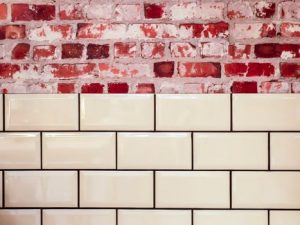
Diverse
After durability and longevity, aesthetics is an architect’s second priority, so they prefer materials that are available in a wide variety of sizes and colors. A diverse set of materials removes all restrictions and opens their creative minds to unlimited design possibilities. Although you can argue that other types of tiles are just as diverse as homogeneous tiles, not all of them are as durable.
Homogeneous tiles are available in an extensive range of colors and patterns. They can also be found in several sizes with two standard ones being 600mm x 600mm and 300mm x 600mm. They are fit for almost all design themes and trends, which is why architects, as well as interior designers and others that are in the design industry, prefer them over other types.
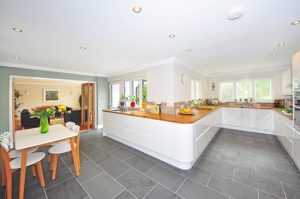
Versatile
We’ve touched lightly on this matter in the intro when we said that homogeneous tiles are the most common type of tile that can be used for wall and flooring applications, whether it’s for the interior or exterior of the home.
Versatility isn’t a common quality for tiles. Some are better suited for specific areas in the house like the kitchen or the bathroom, while others should only be used for flooring applications. There are also others that can only be used inside or outside and not both. Due to this, architects and homeowners are tasked to select more than one set of tiles to use. One alone is hard enough, so imagine the difficulty of selecting multiple ones that work well together.
The versatility and flexibility of homogeneous tiles make picking out materials a little bit easier. Since it can be used for practically any application – kitchen floors, hallways, walls, and even car porches – architects can just ask for multiple tiles in complementing colors and they’d be set.
Consistent
Homogeneous tiles have a consistent property which means the same composition of materials run throughout the entire tile section. No matter which way you cut the tiles, it will reveal a single design and color. You might be wondering how this is important right about now, so well tell you.
Tiles have a tendency to chip and crack. Although given the durability of homogeneous tiles the chances of them chipping and cracking are highly unlikely, the possibility is still there. When the tops or sides of normal tiles are chipped off, the material underneath is exposed and the damage is made obvious. On the other hand, regardless of how deep the cut, homogeneous tiles consistently show the same material thus concealing the fact that it is damaged.
So even if your homogeneous tiles get cracked and chipped due to unavoidable circumstances, you can rest easy knowing that it’ll barely show. The house will retain its beauty and you won’t have to worry about replacing your tiles immediately.
Key Takeaway
Architects prefer homogeneous tiles in the Philippines because they are durable, versatile, diverse, and consistent. These properties allow the things they build and design to retain their beauty even after a significant amount of time passes. It also makes the process of selecting materials faster and easier since these tiles can be used literally anywhere.
So, the next time you come across an expert that recommends homogeneous tiles, trust that they want what’s best for you and your home and follow their advice. Homogeneous tiles are well worth all your money and are guaranteed to bring life to your home!

